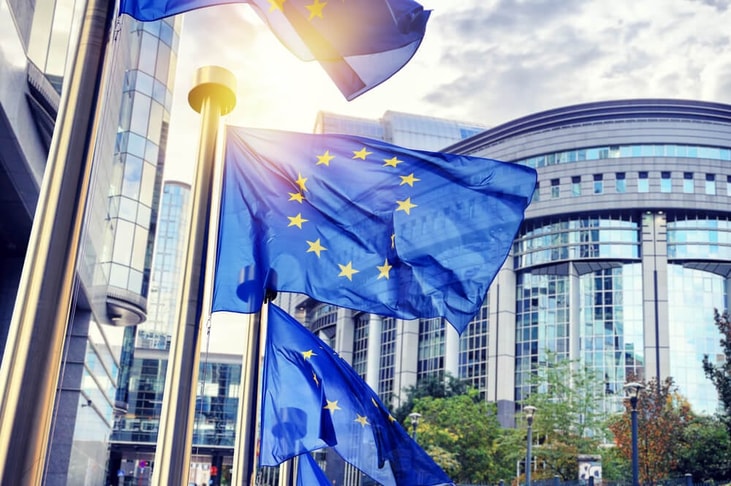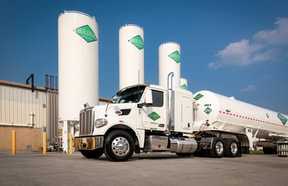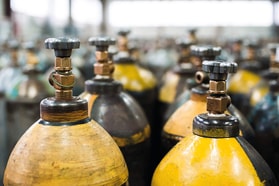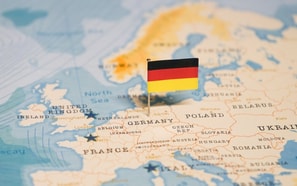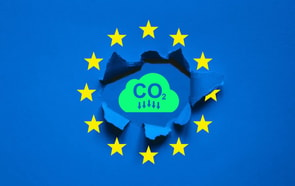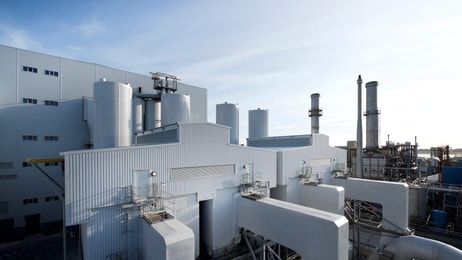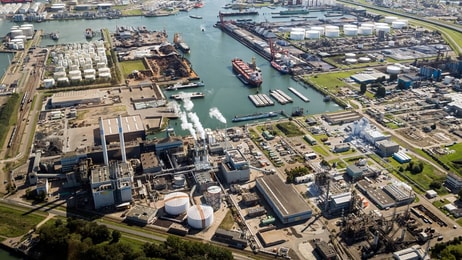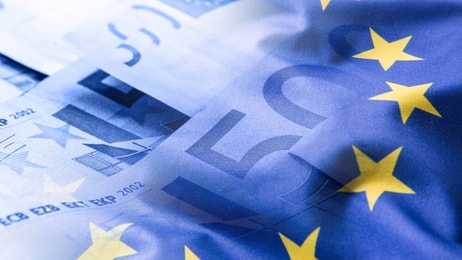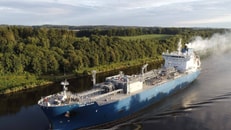Europe TEN-T green light ‘is positive move for CCS’
European MEPs have endorsed updated plans to complete major trans-European transport projects, such as cross-border roads, railways, bridges and tunnels, by the end of 2030.
Major Trans-European Transport Network (TEN-T) projects should be completed by the end of 2030, to secure a comprehensive network by the end of 2050, and to accelerate project rollout across the network, an intermediary deadline of 2040 is introduced.
Railways in the core TEN-T network will be electrified, running at speeds of 100 km/h for freight and crossing internal EU borders in less than 25 minutes on average by the end of 2030.
Alongside improving cross-border connectivity, the decision has major implications for carbon capture and storage – which will underpin the projects’ development in line with decarbonisation goals.
... to continue reading you must be subscribed

